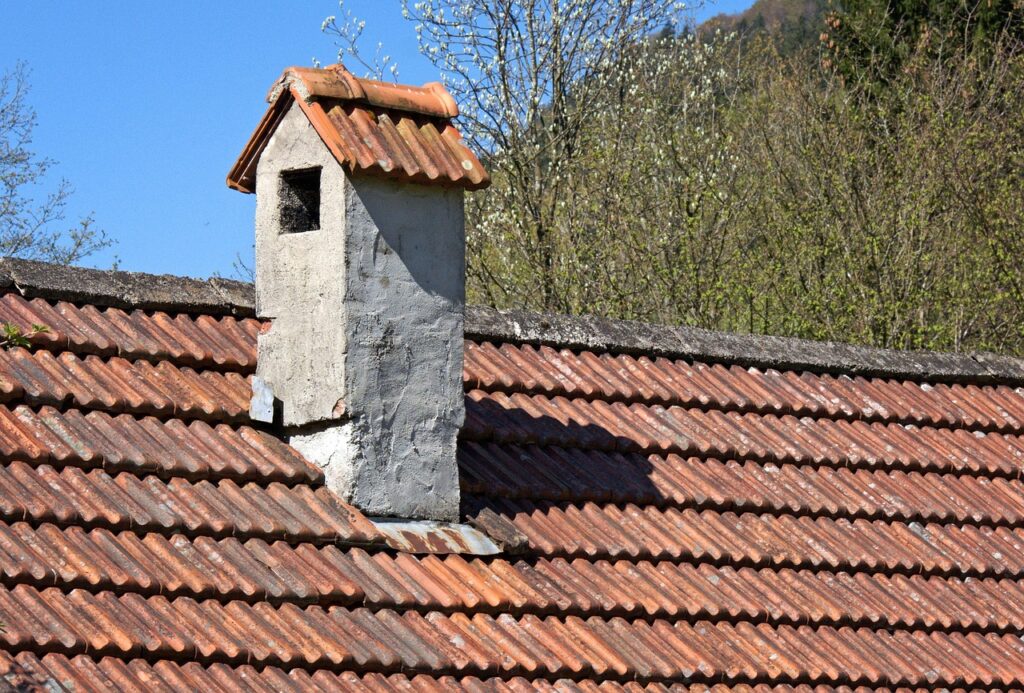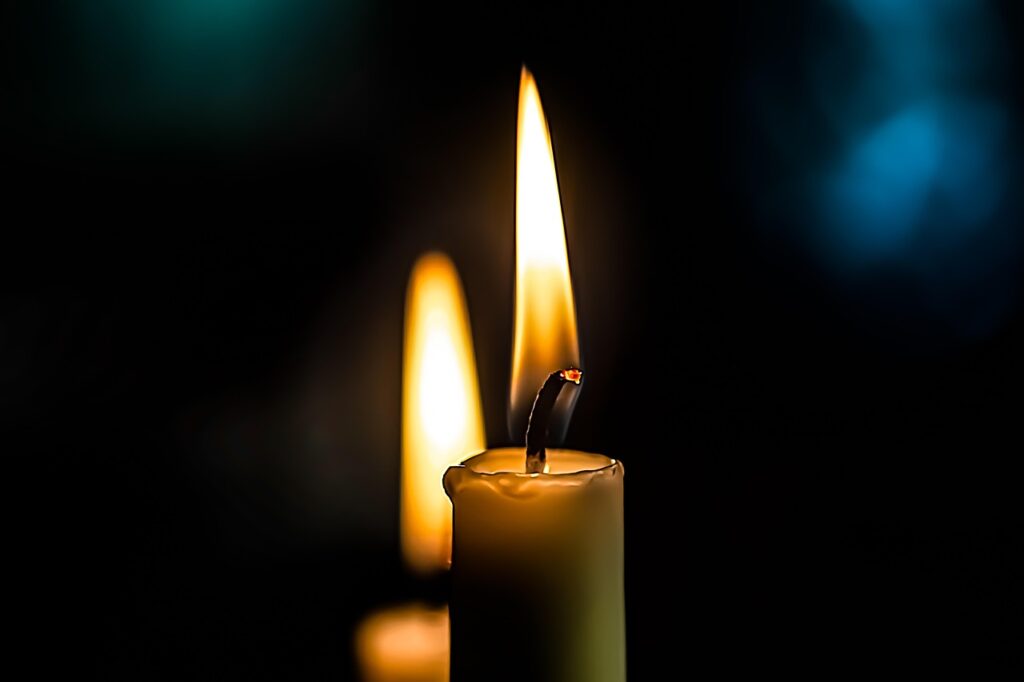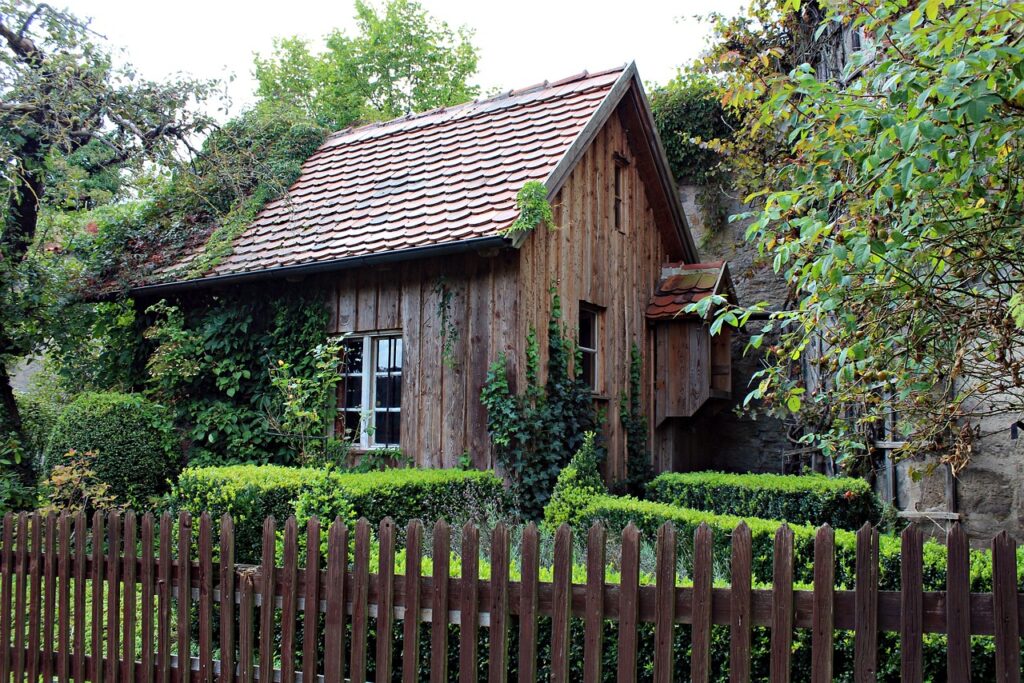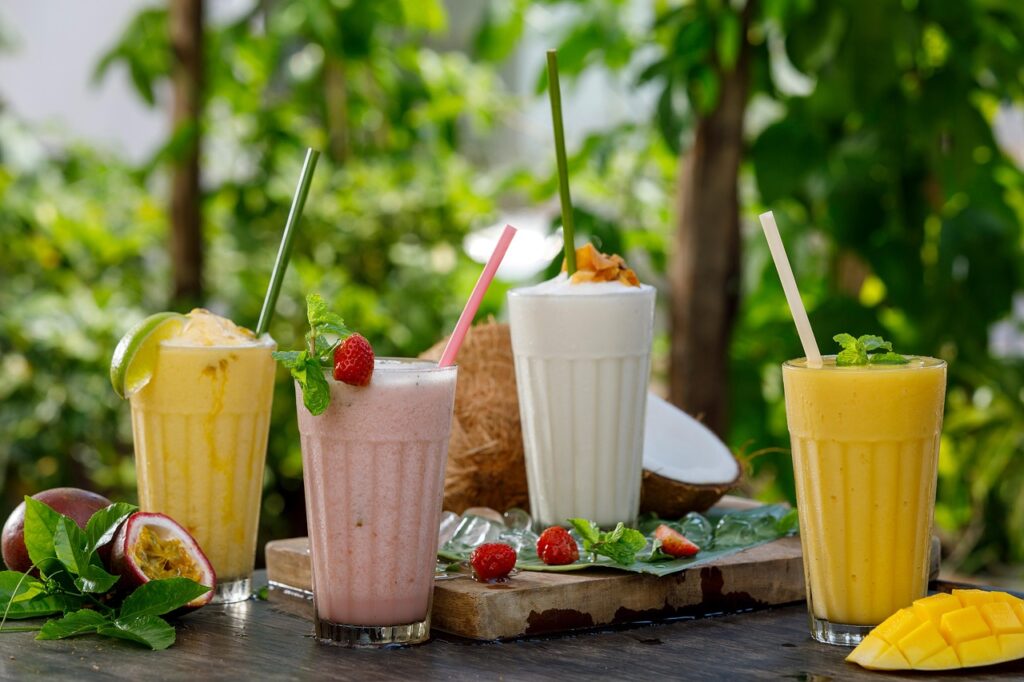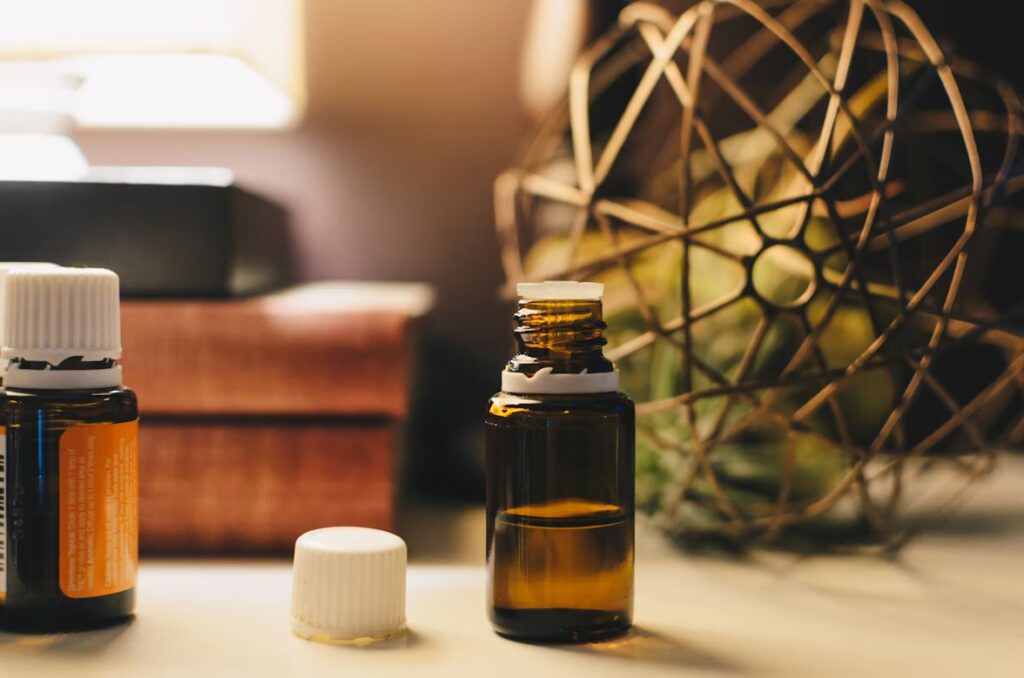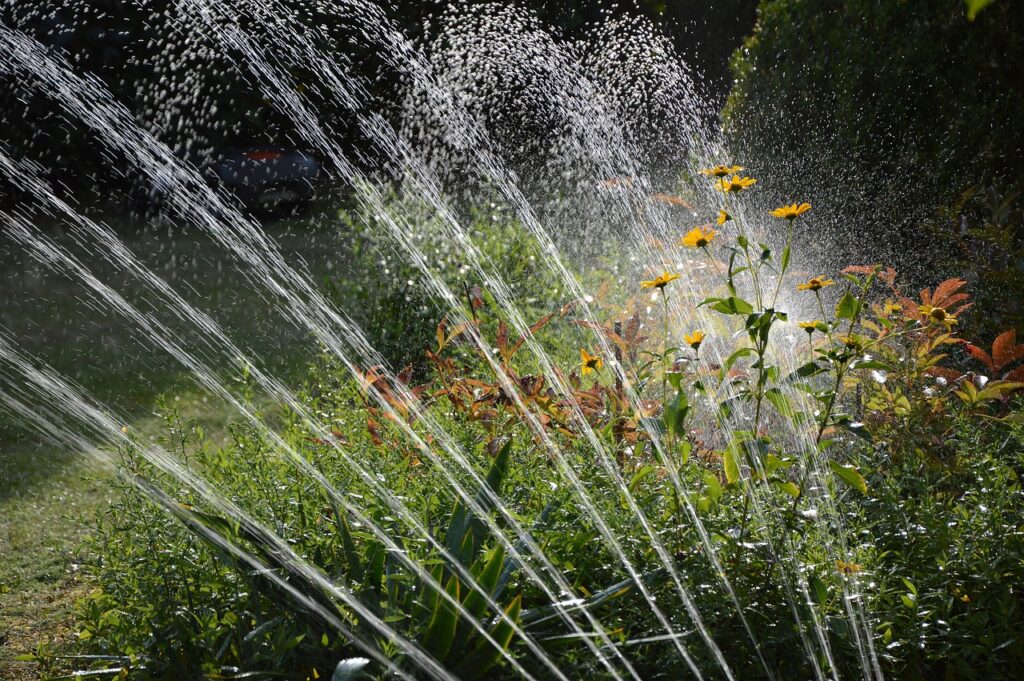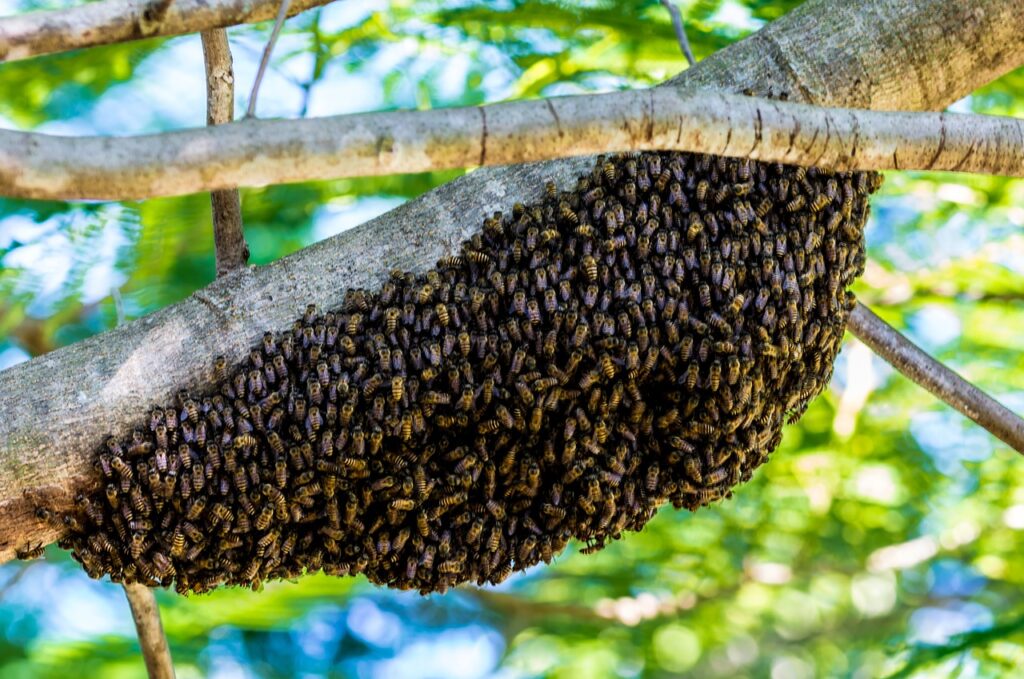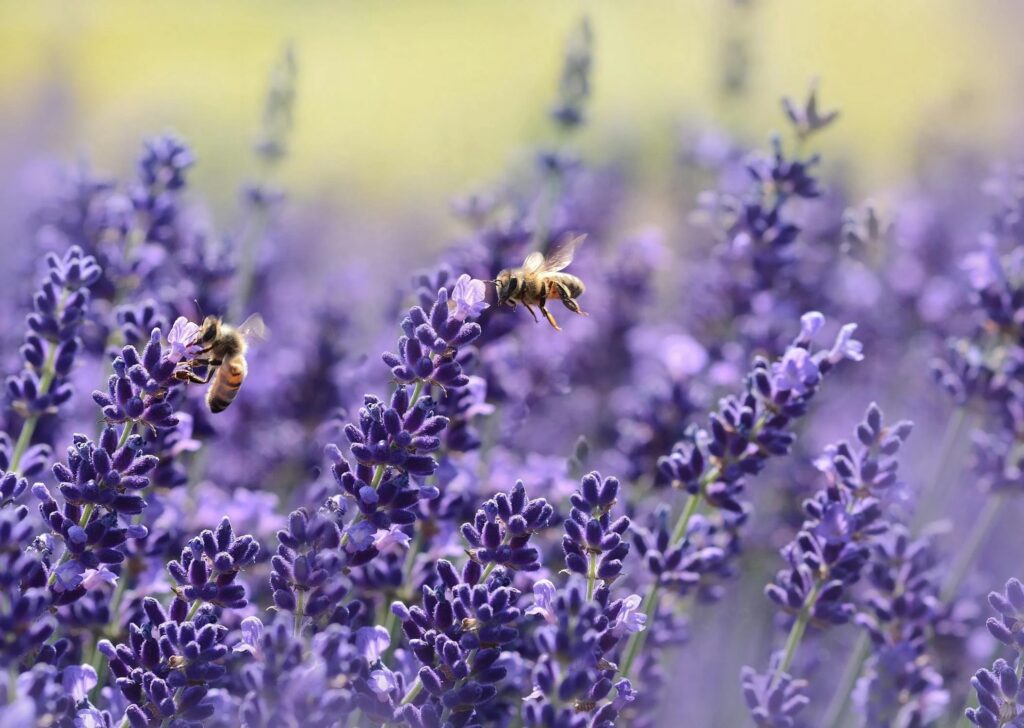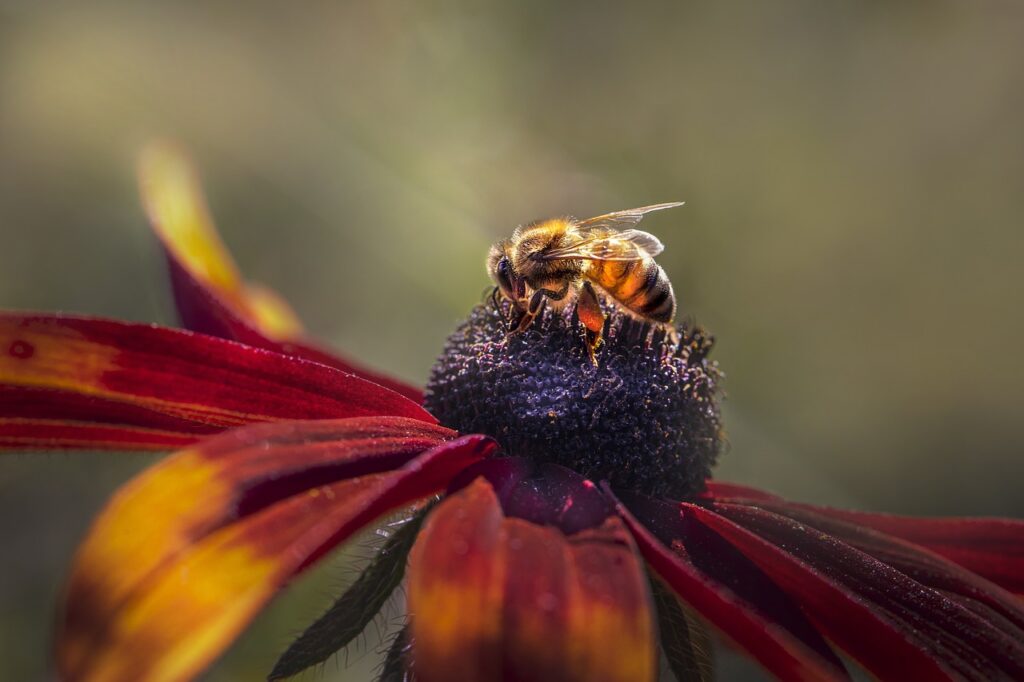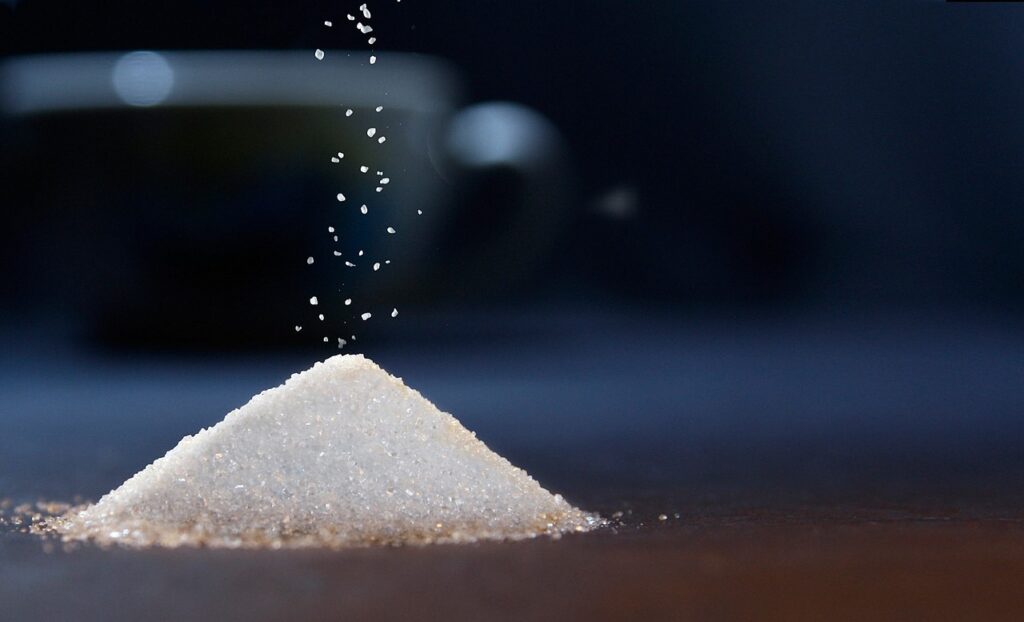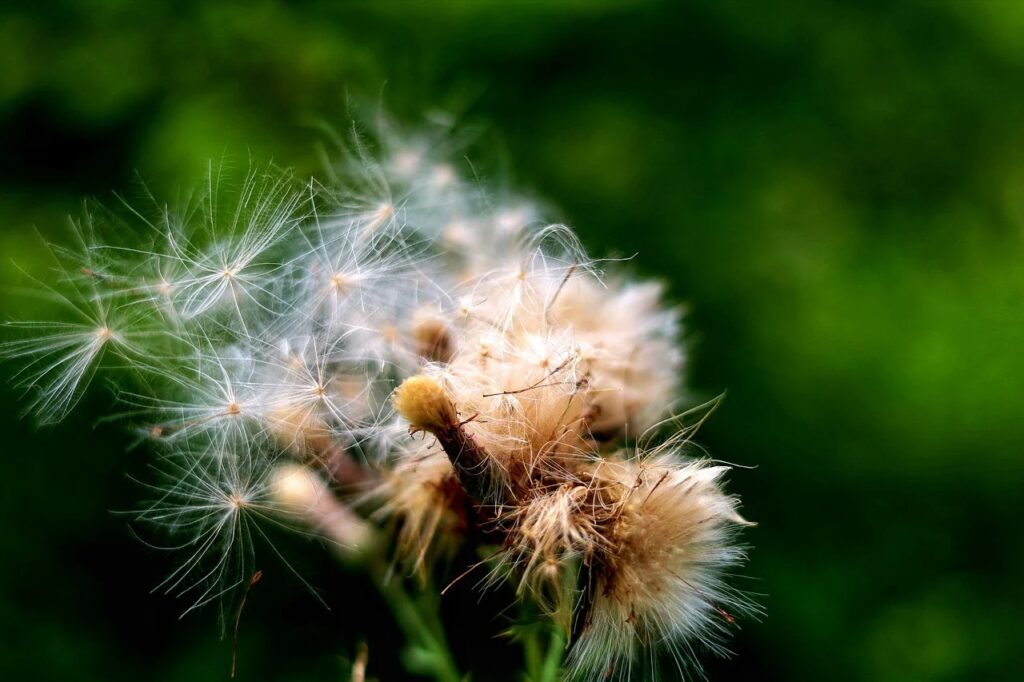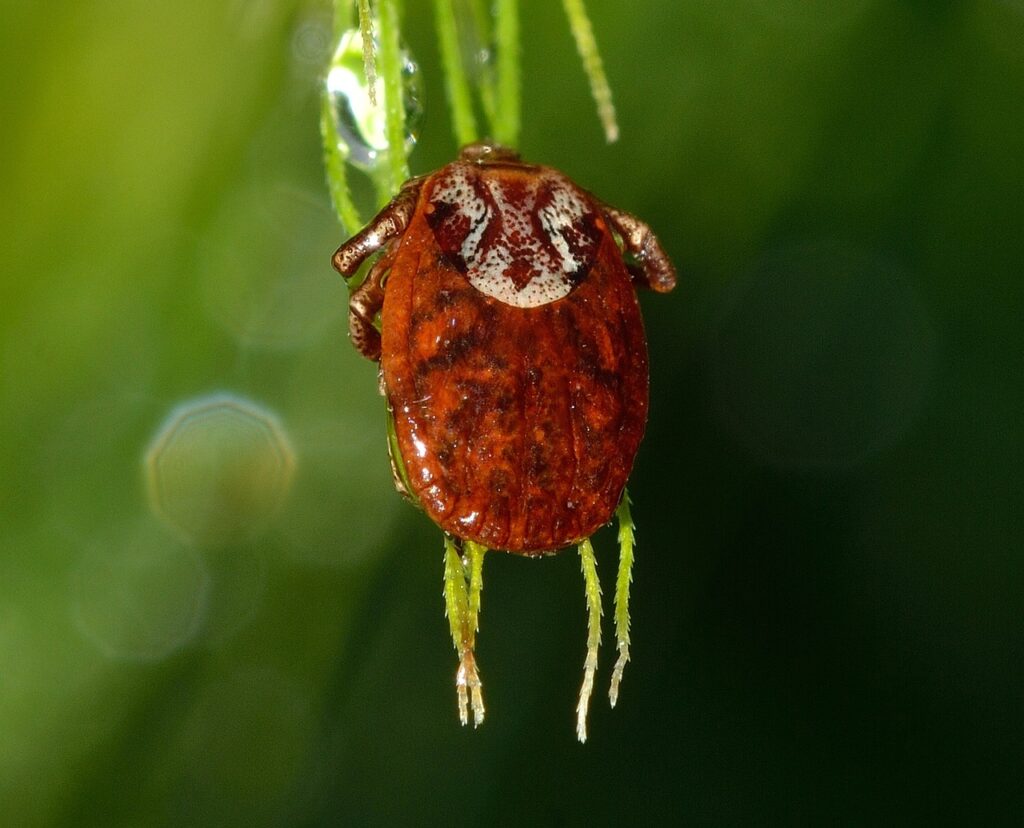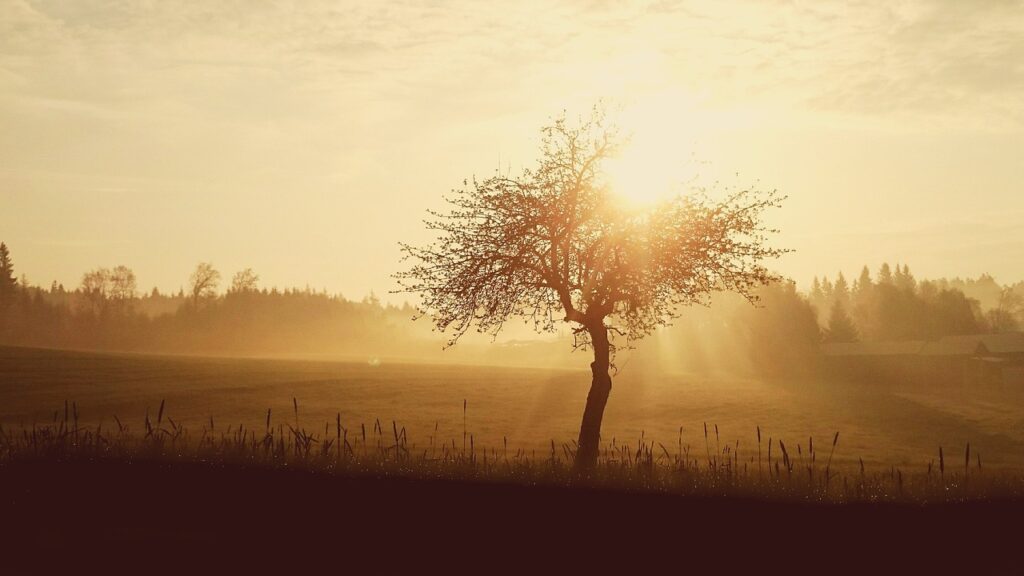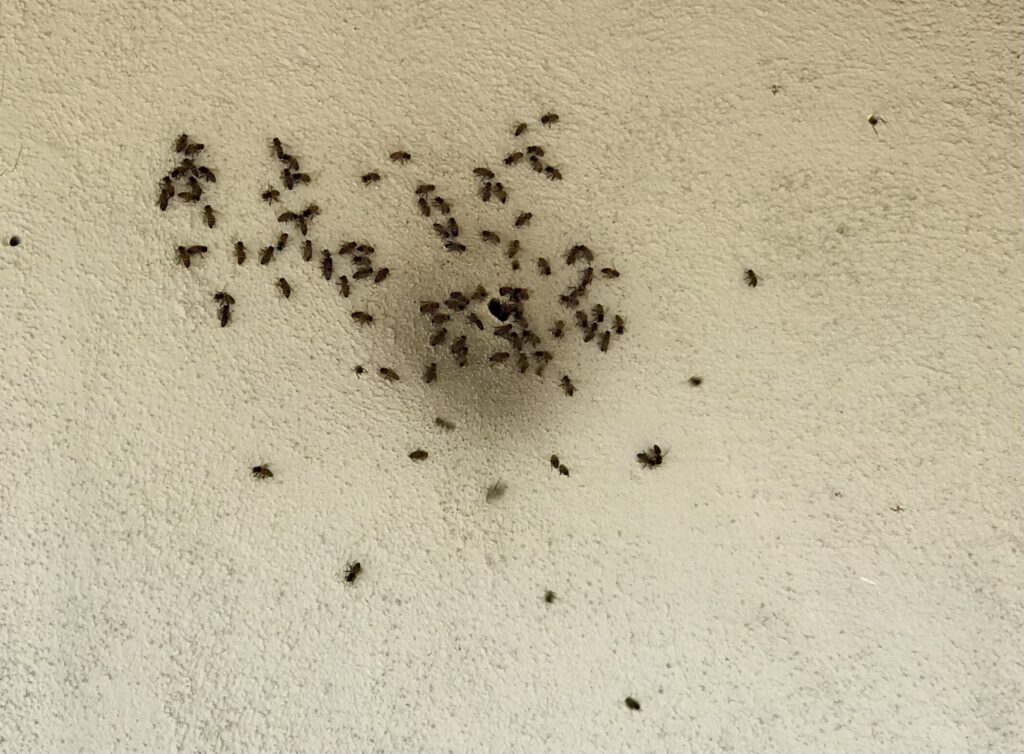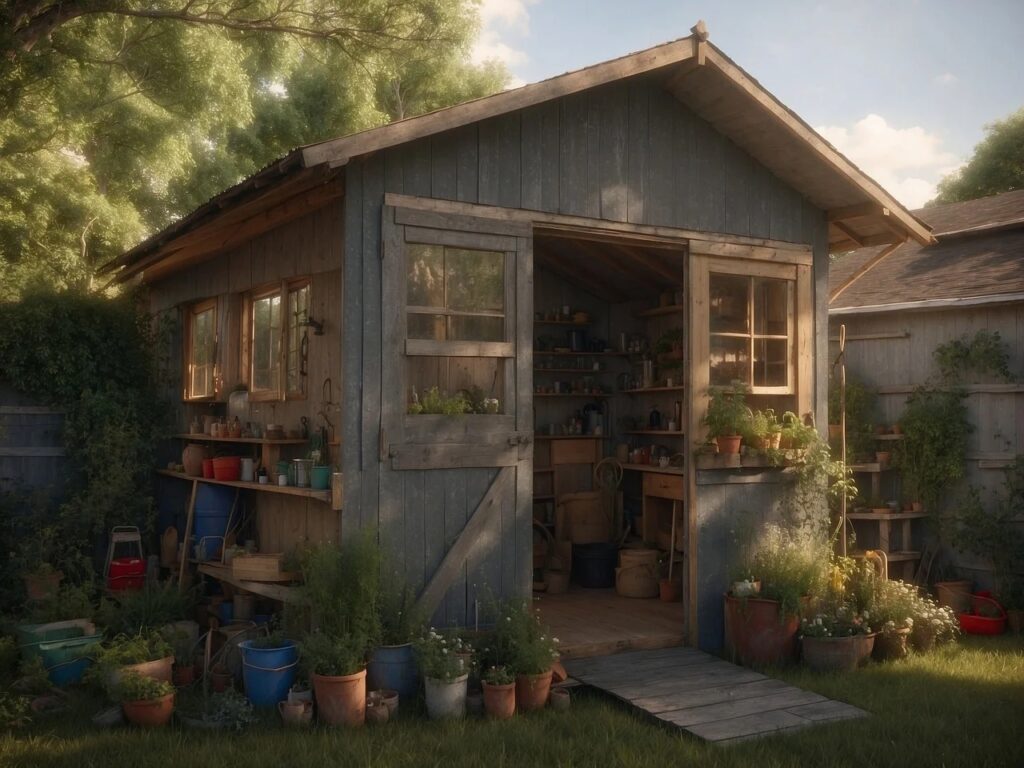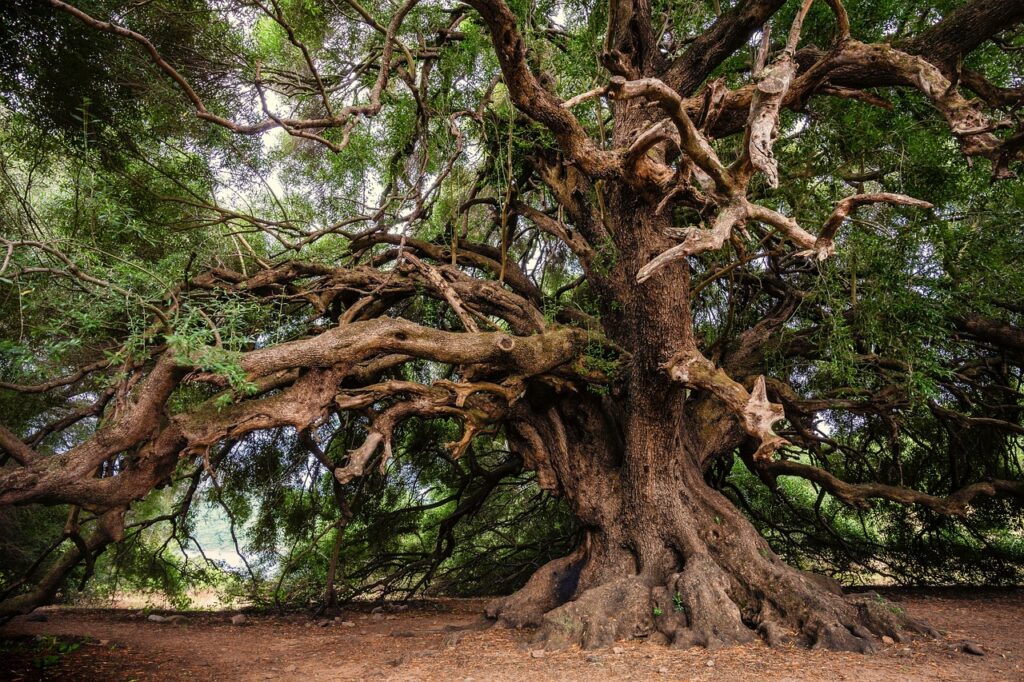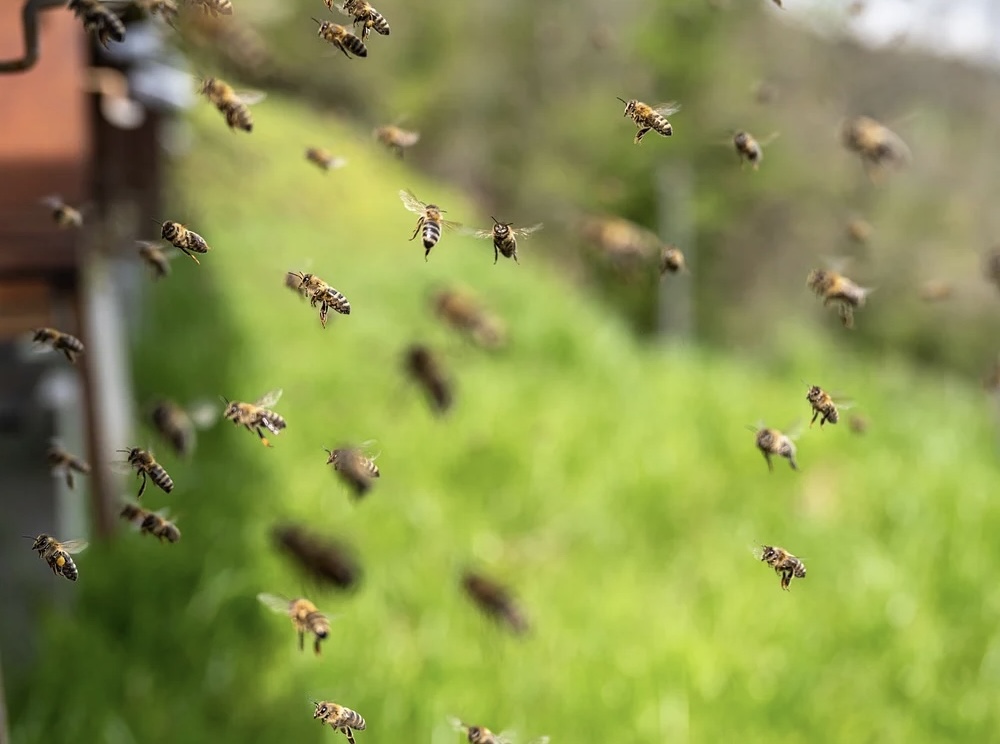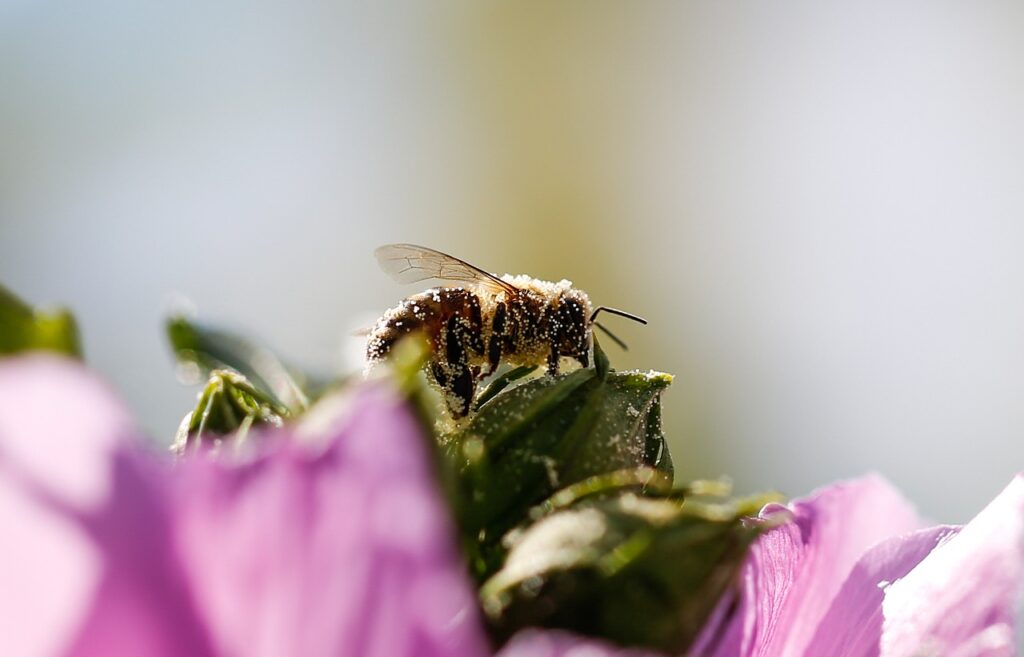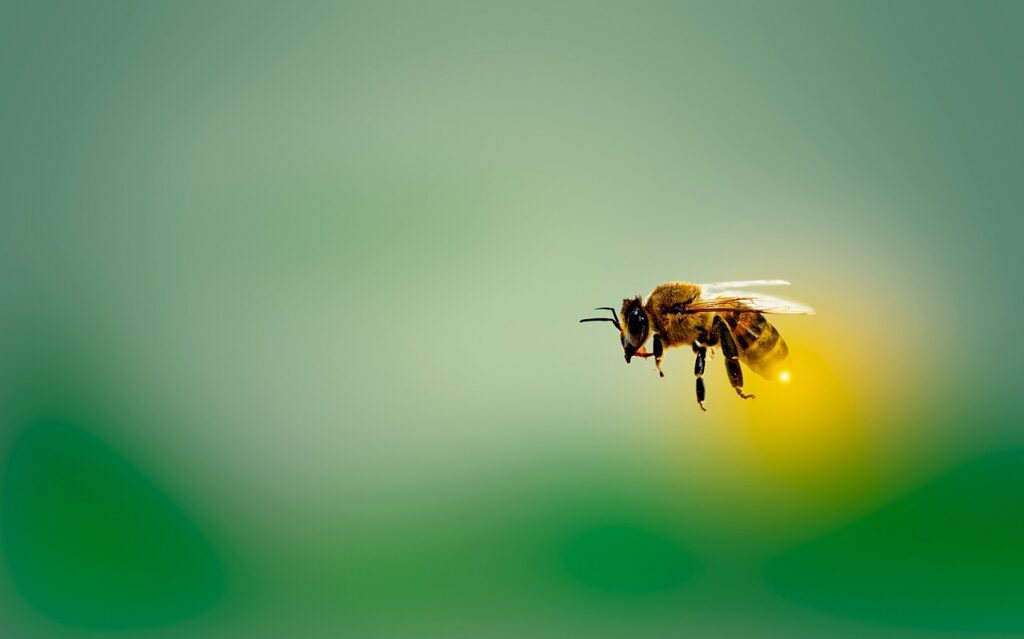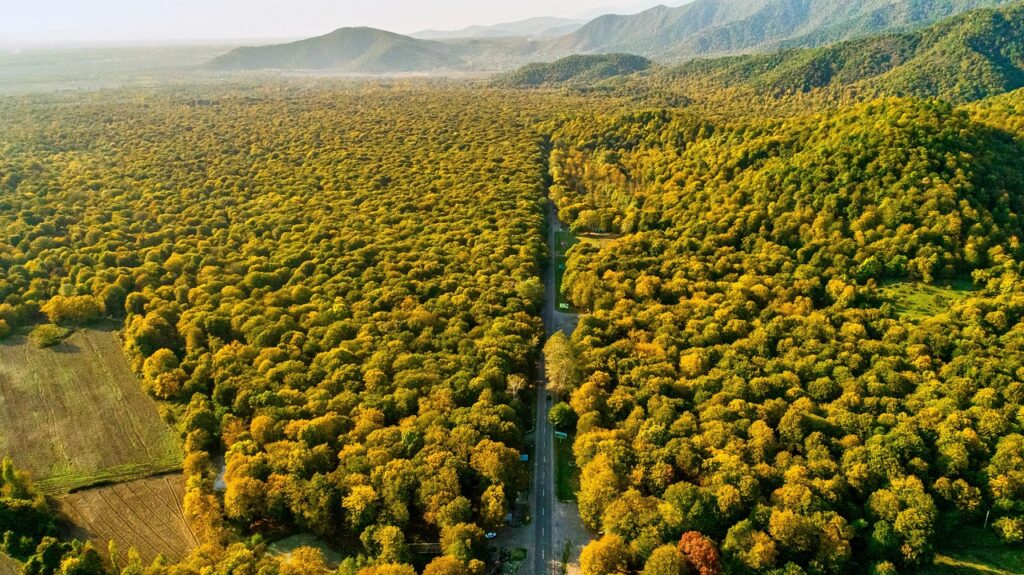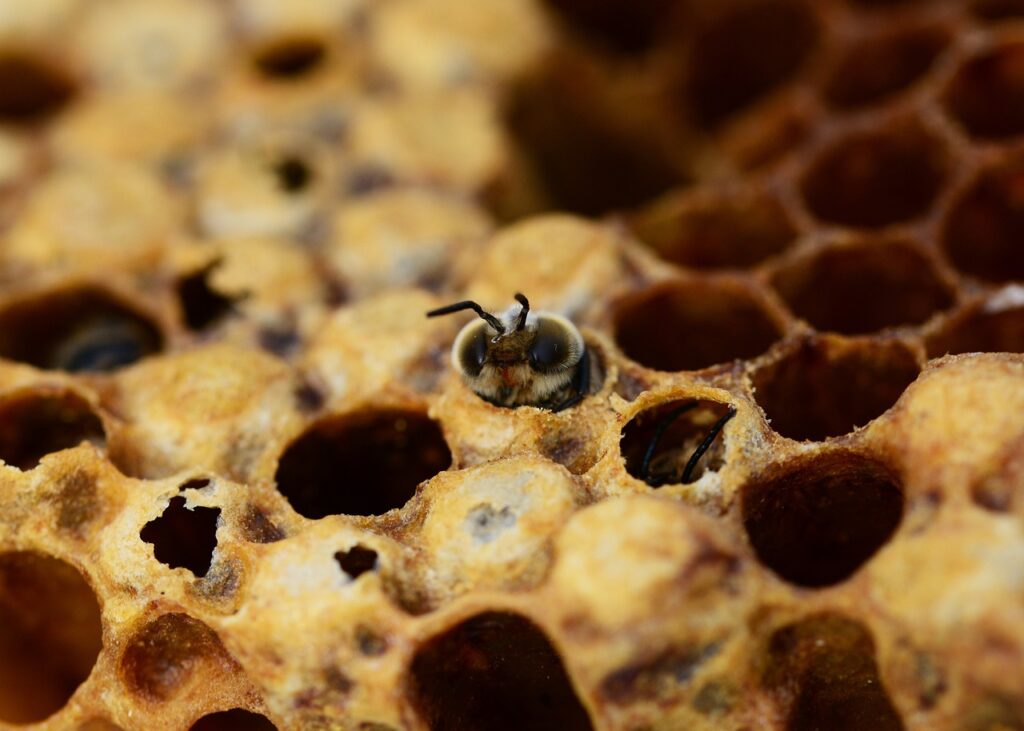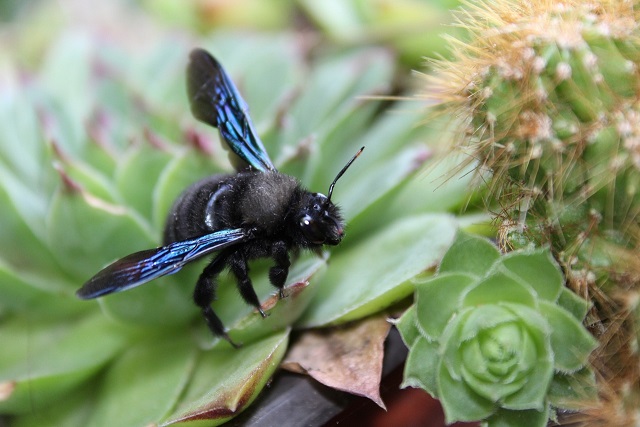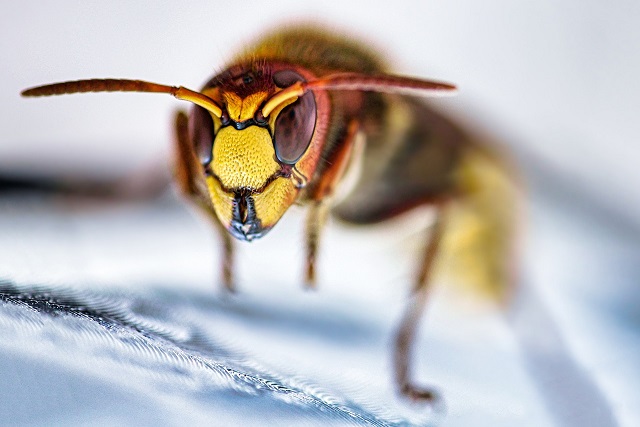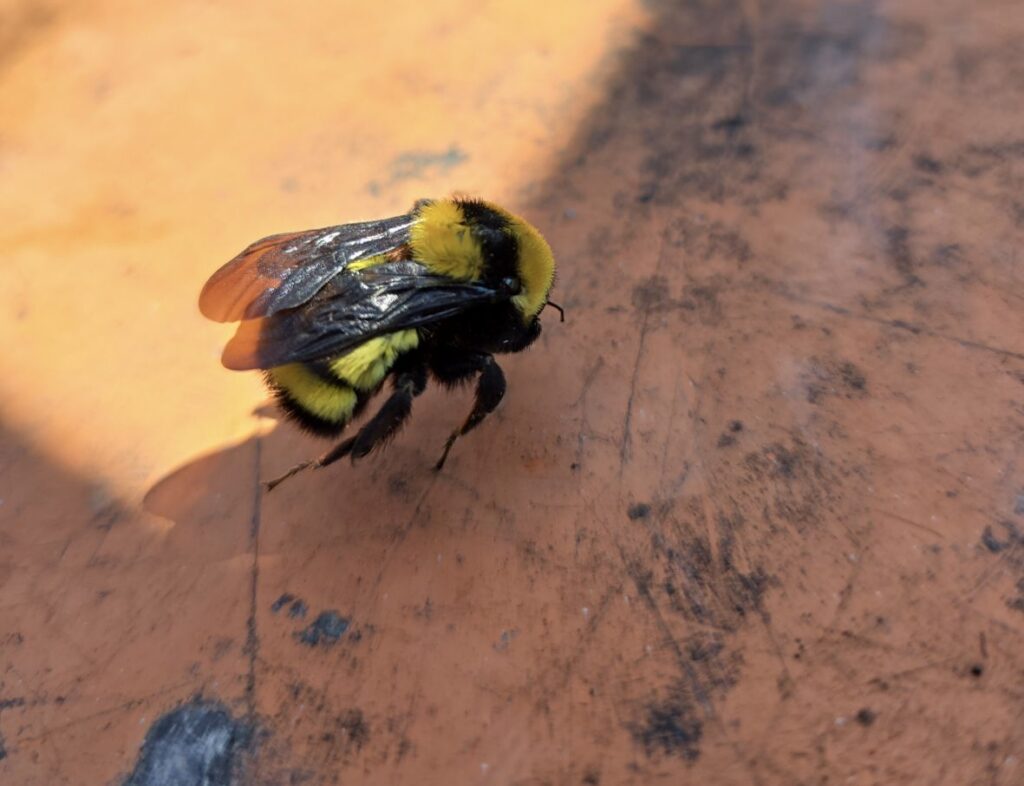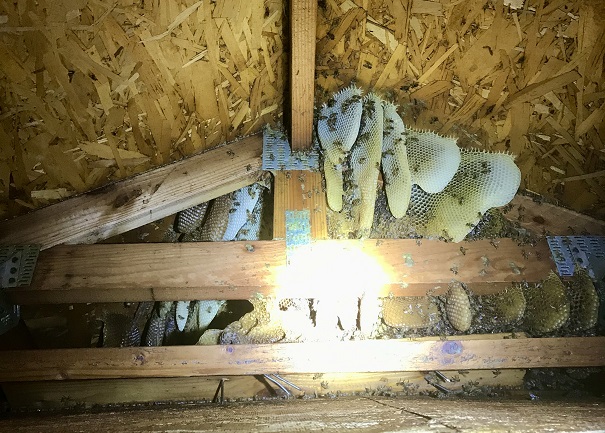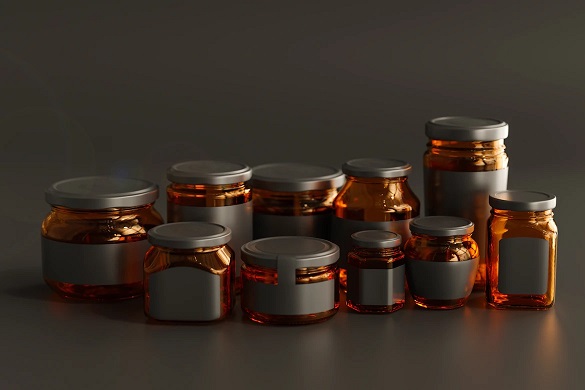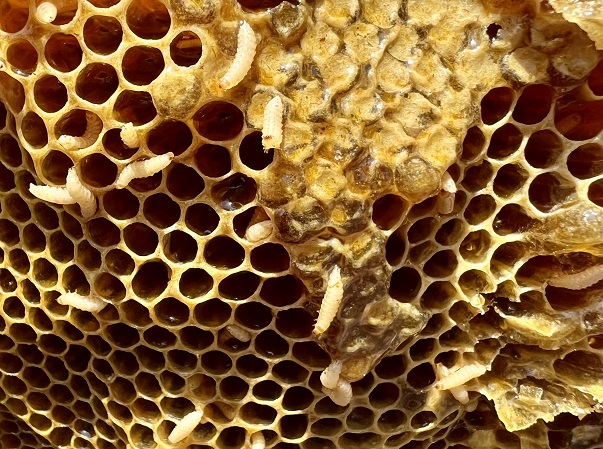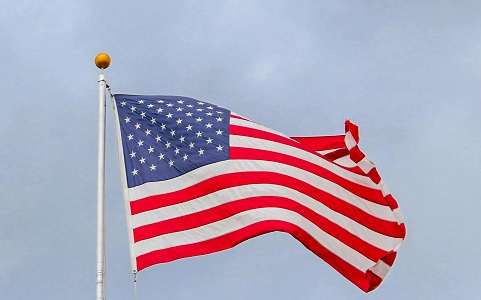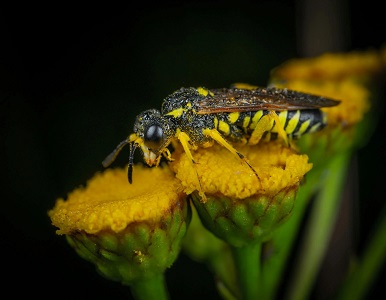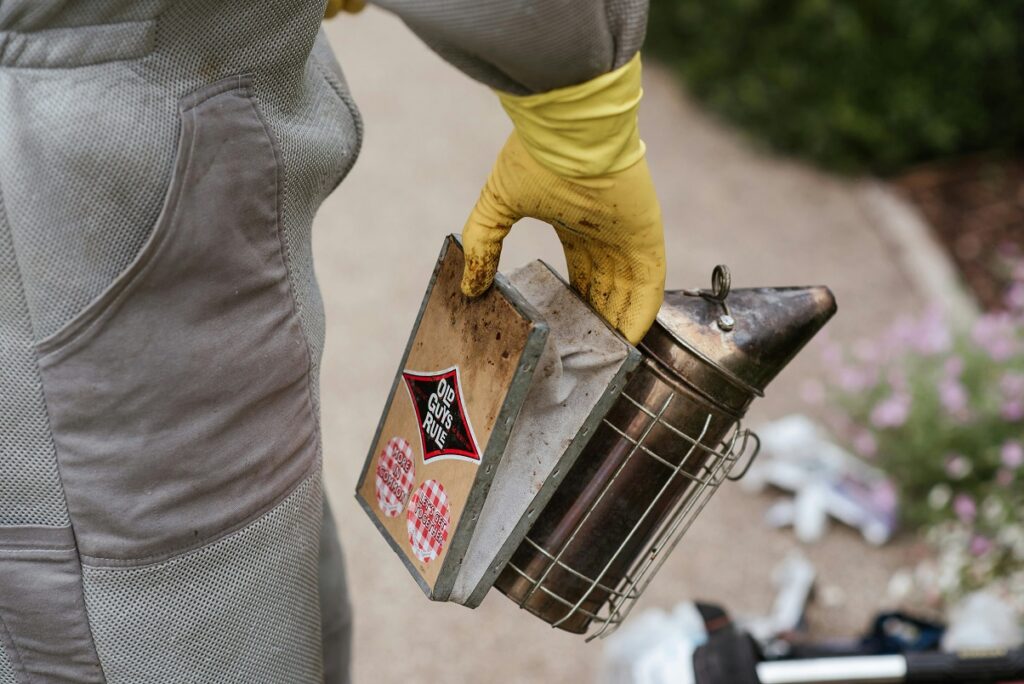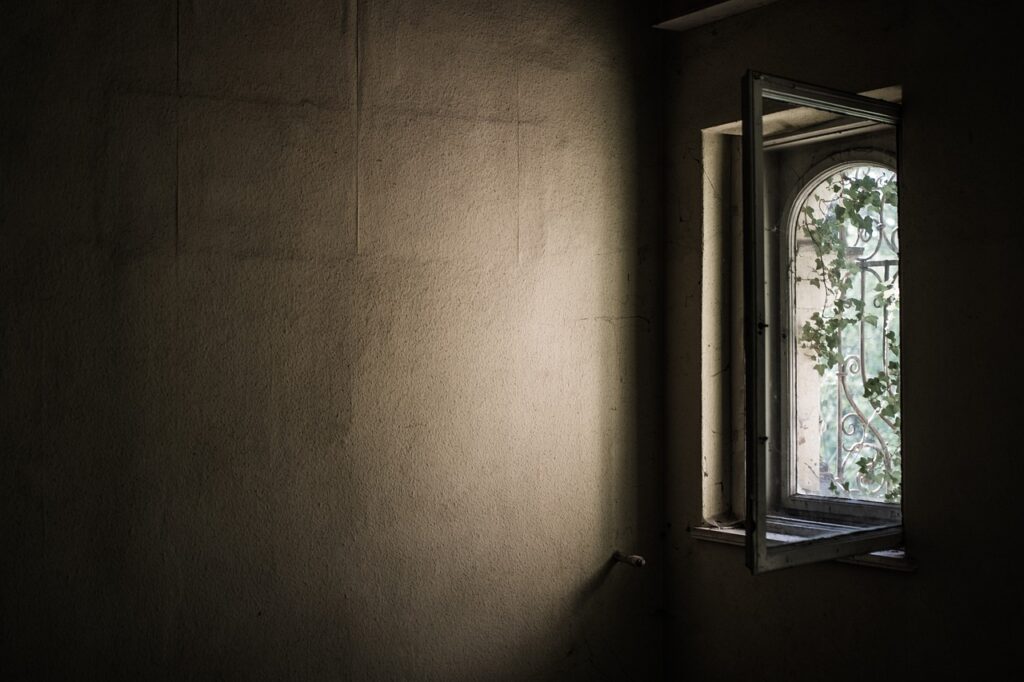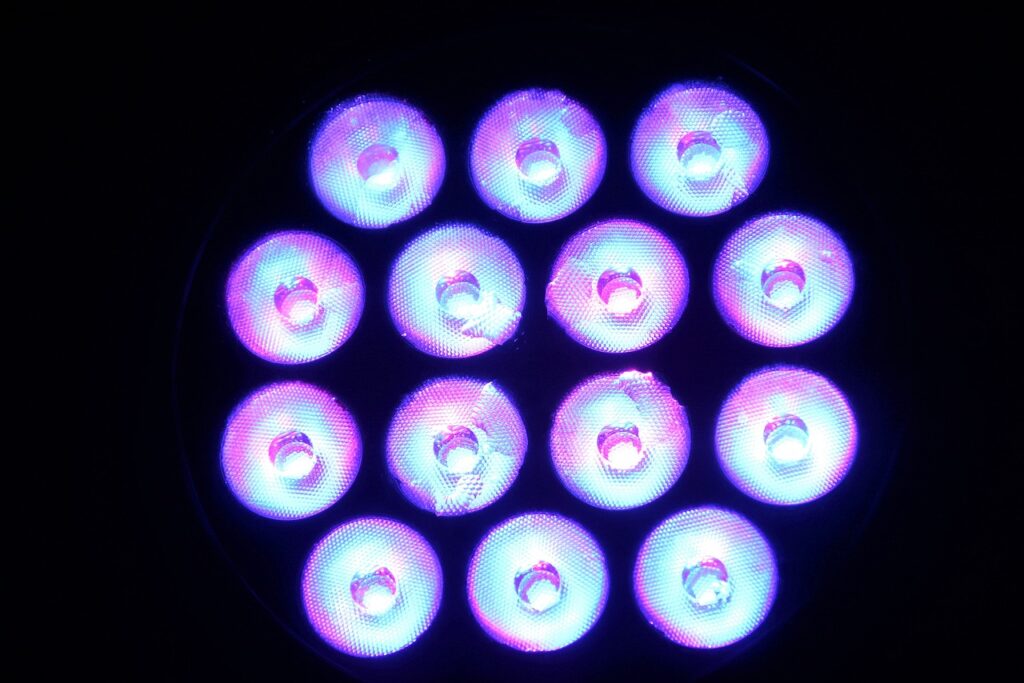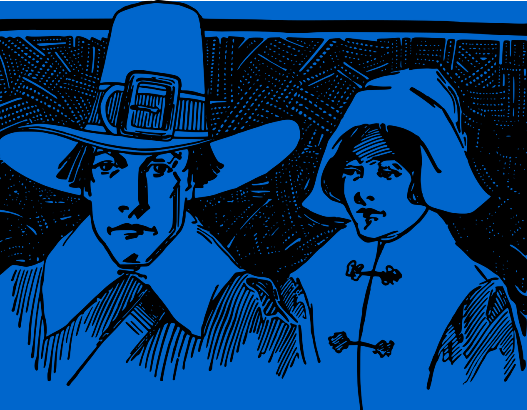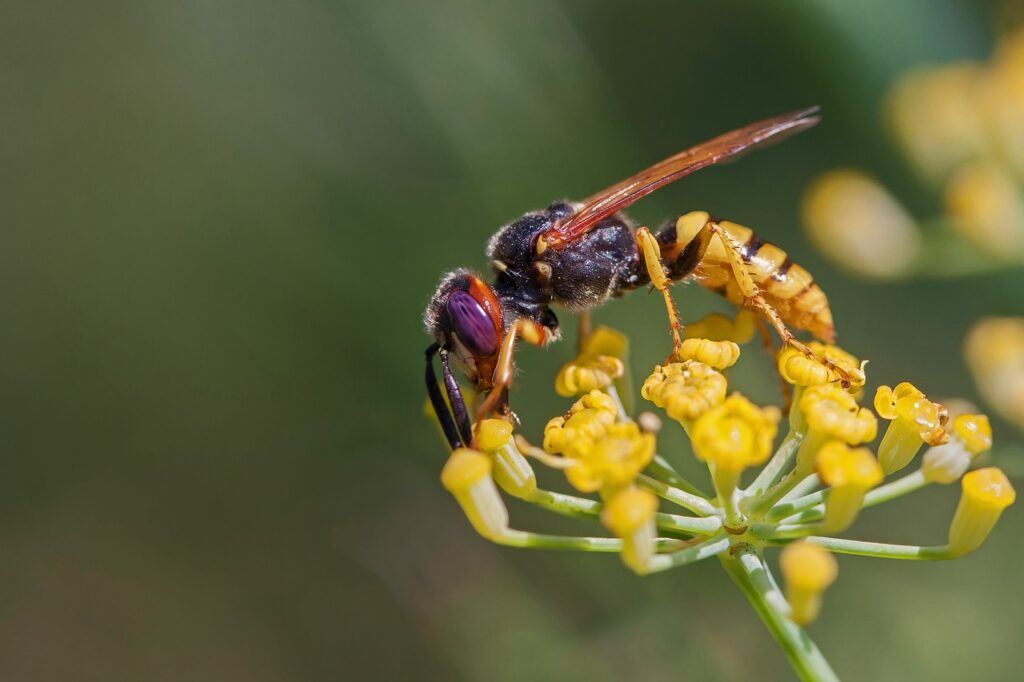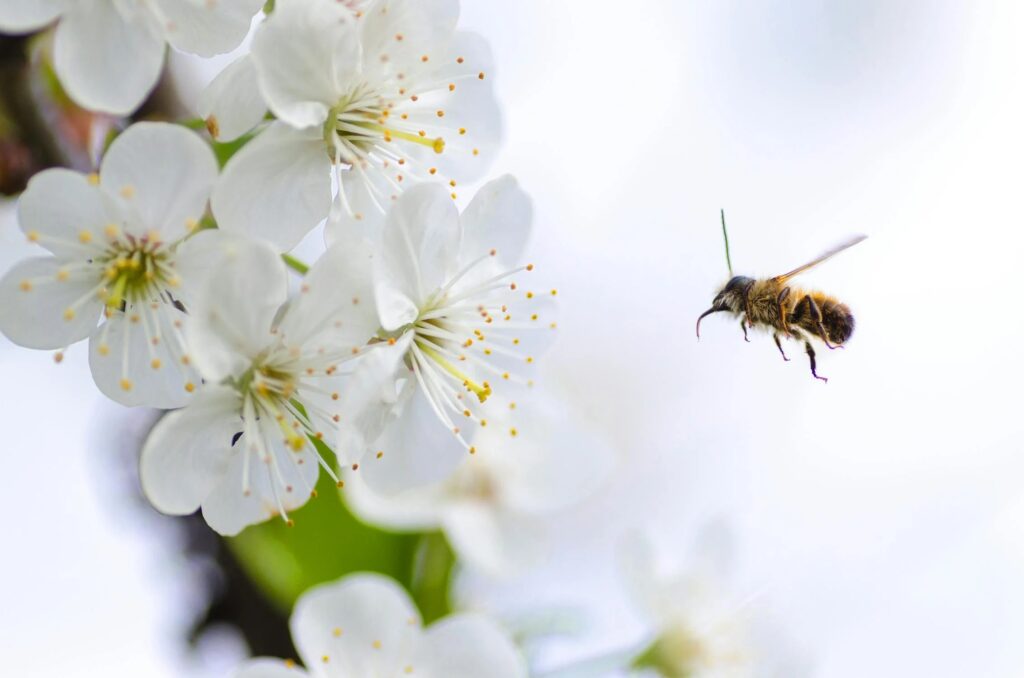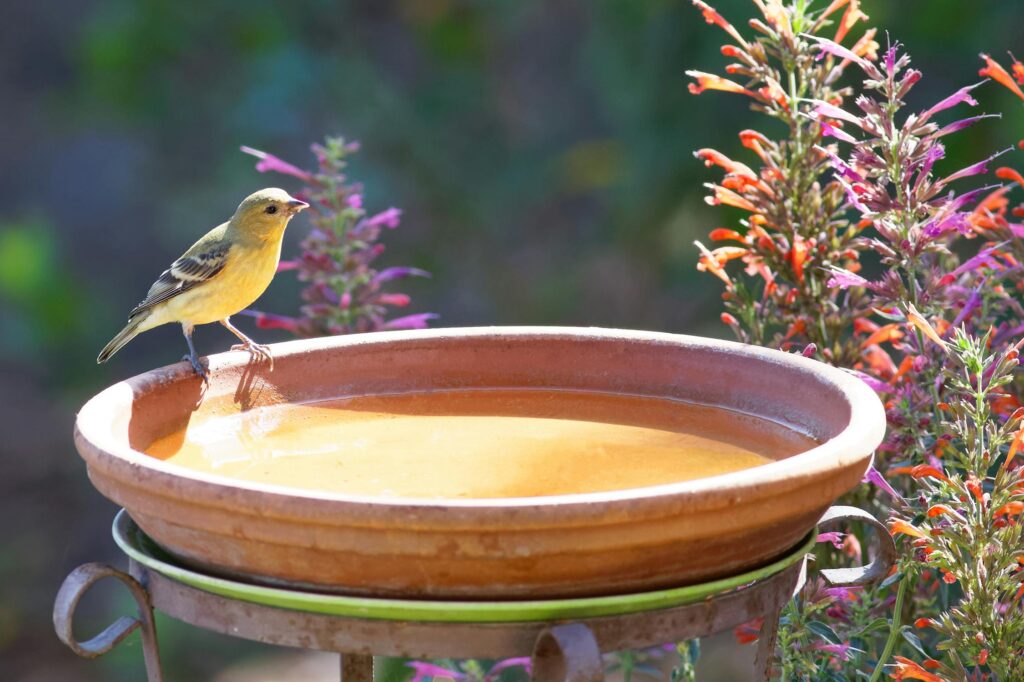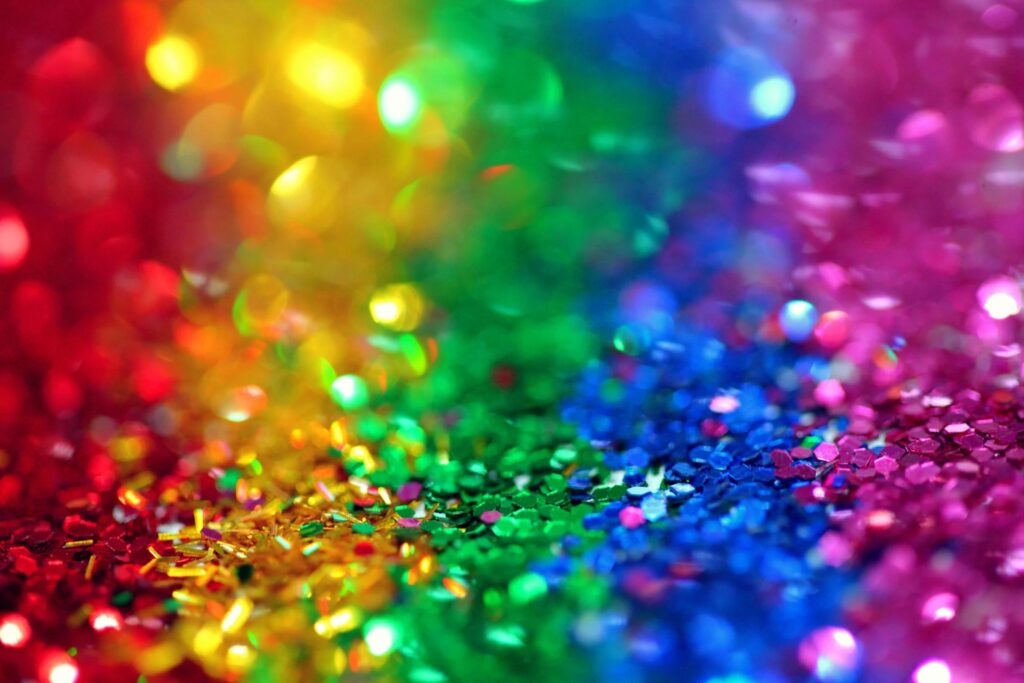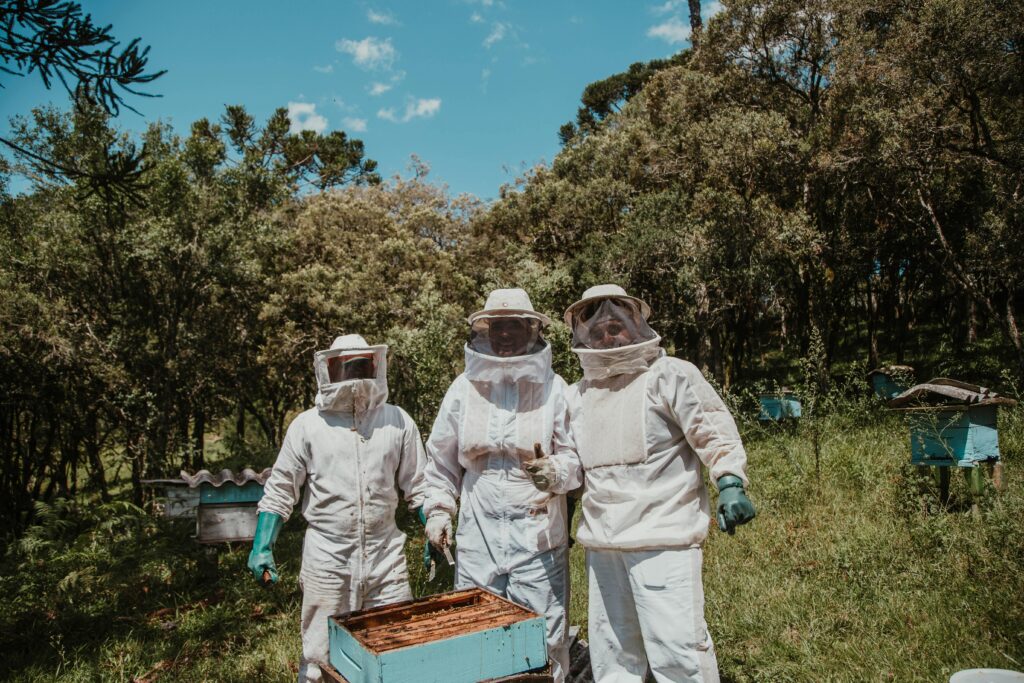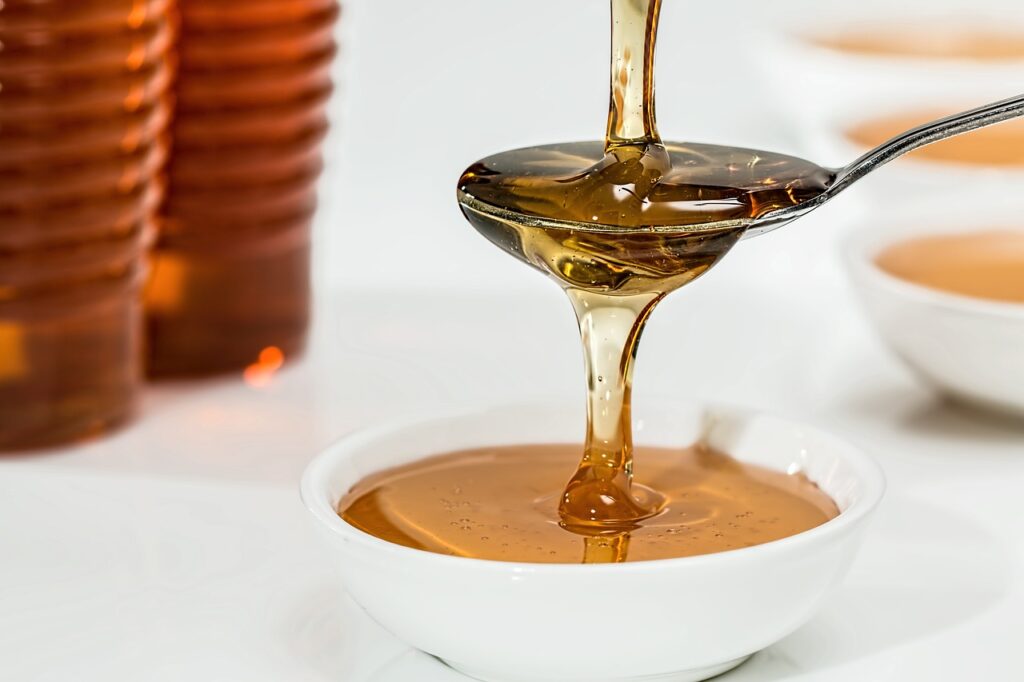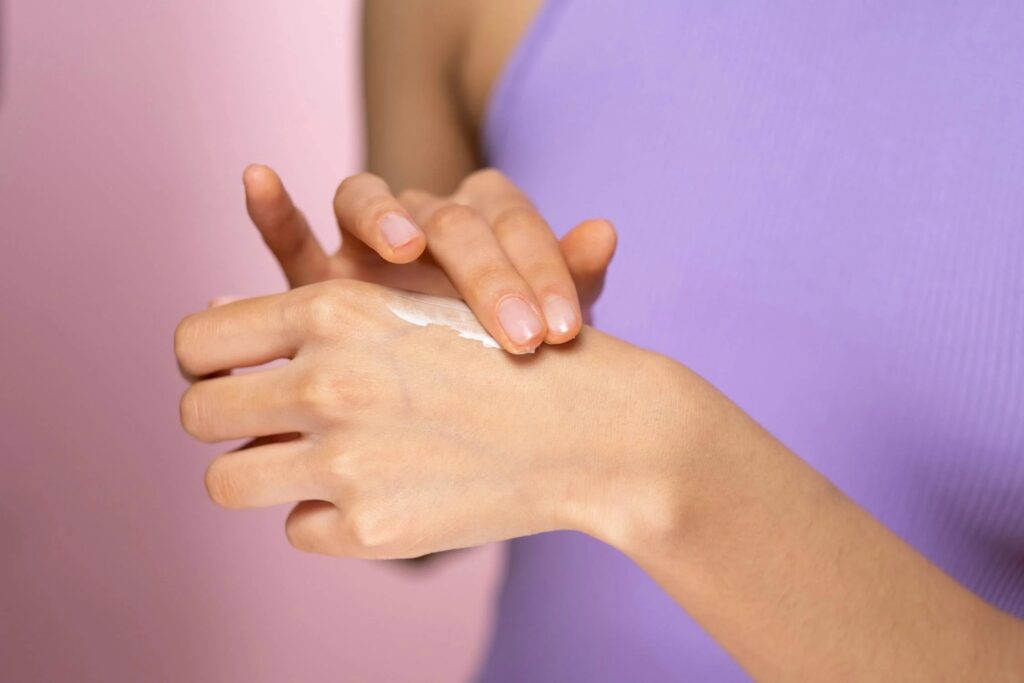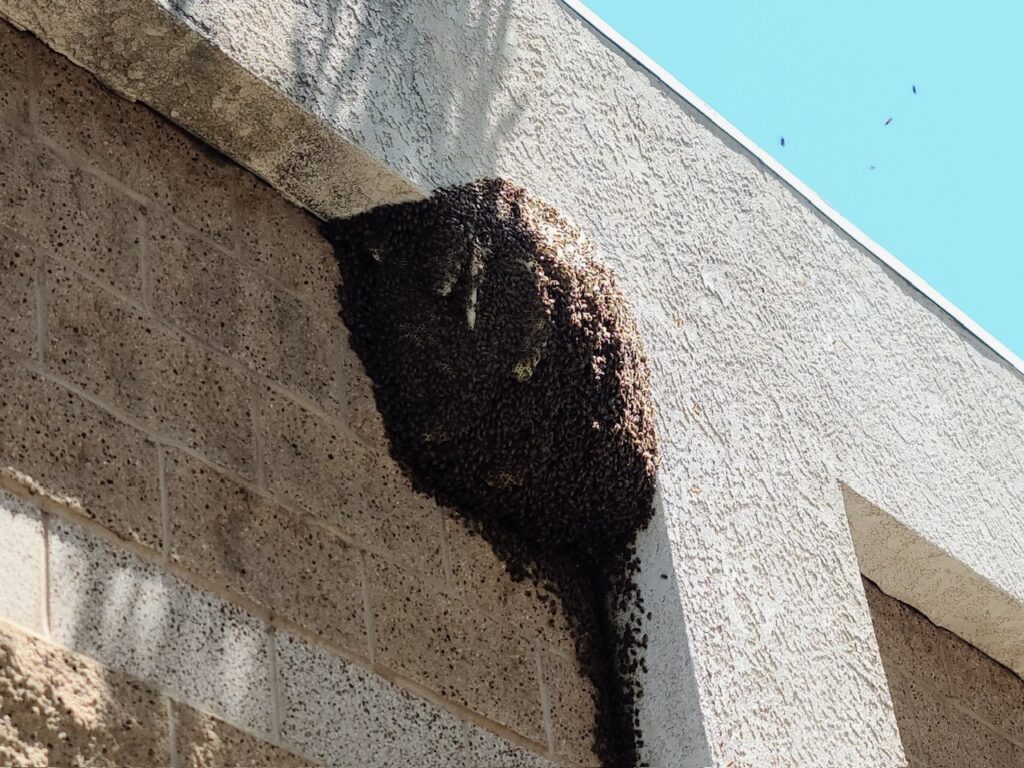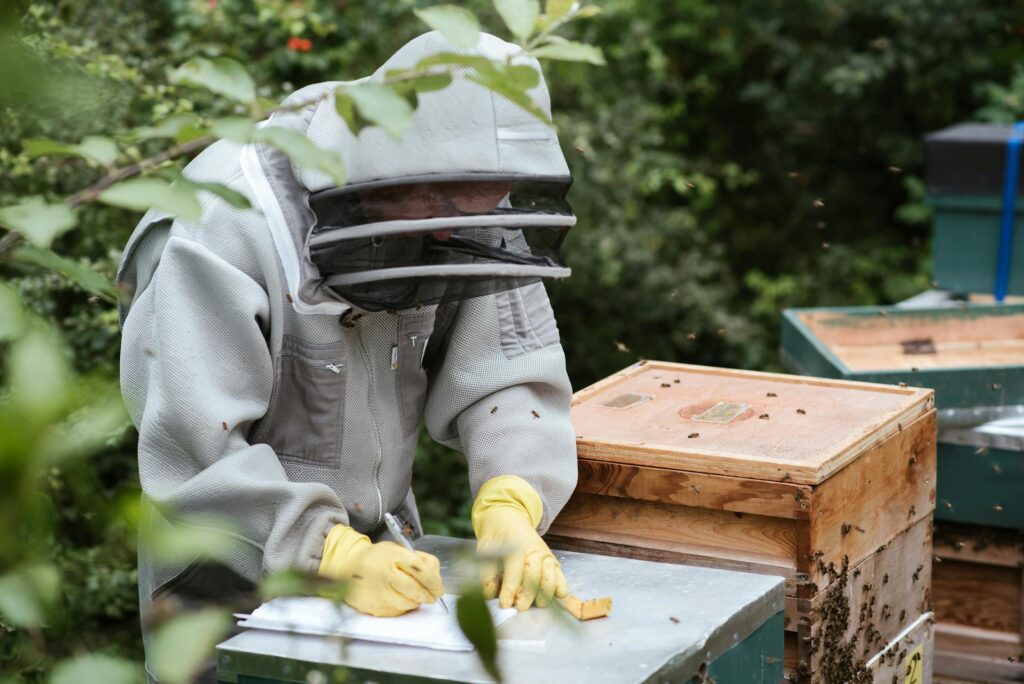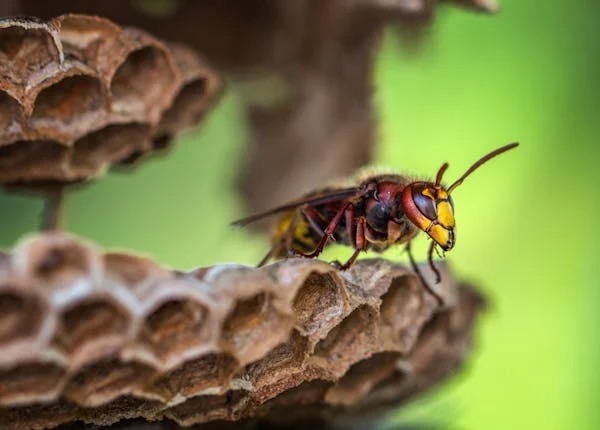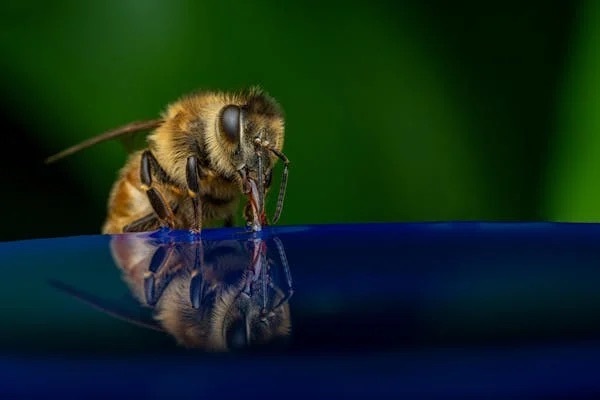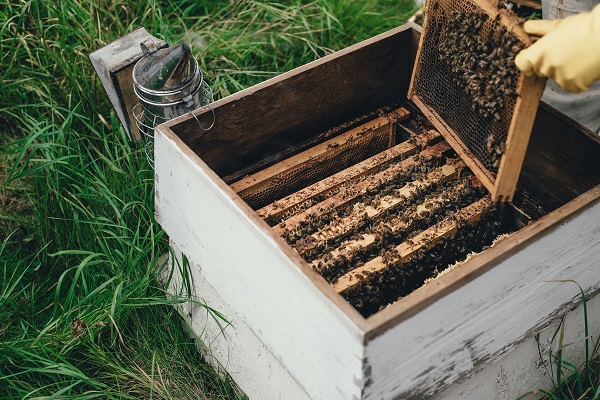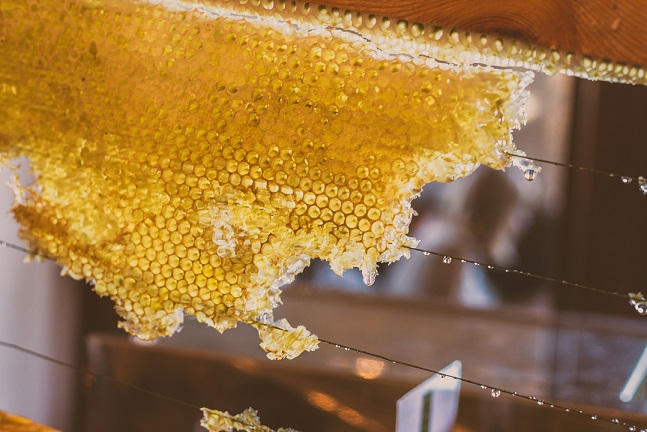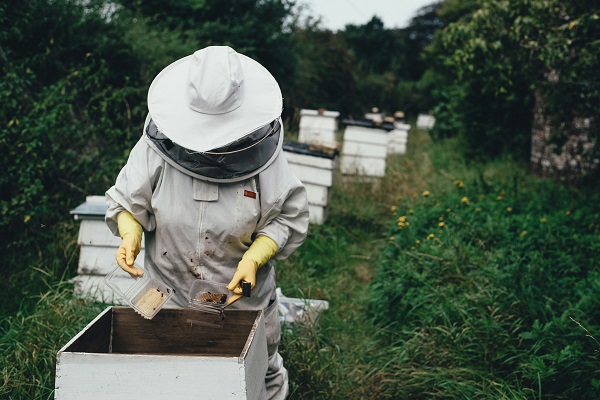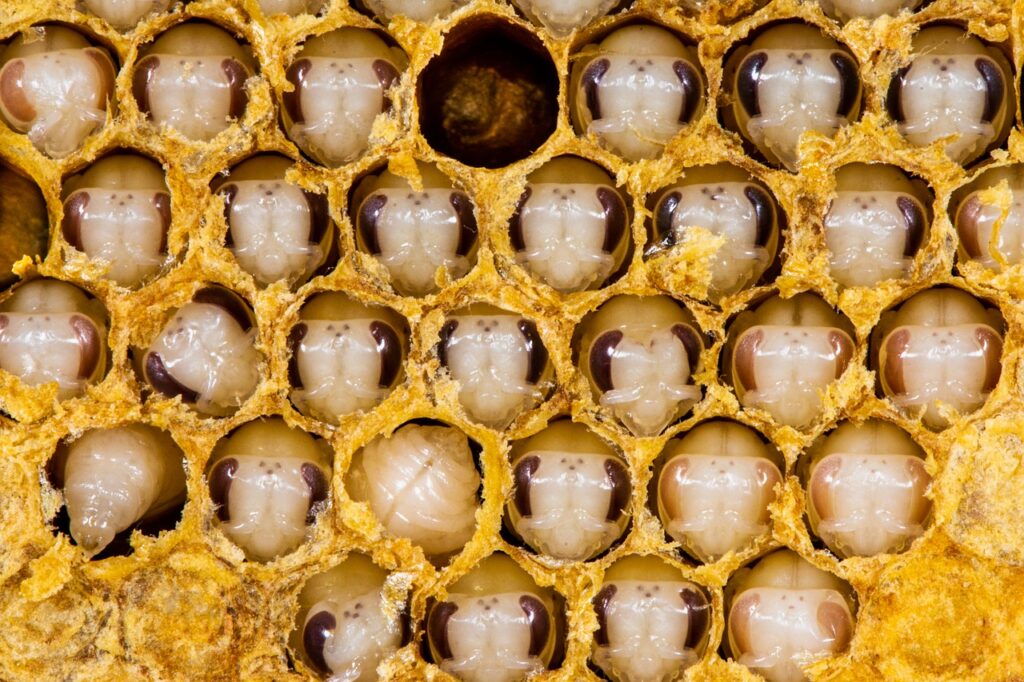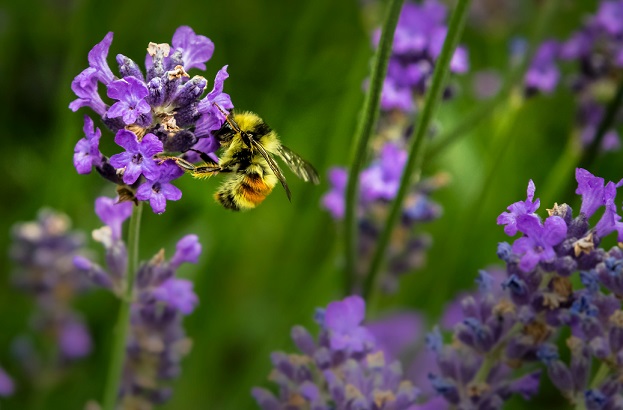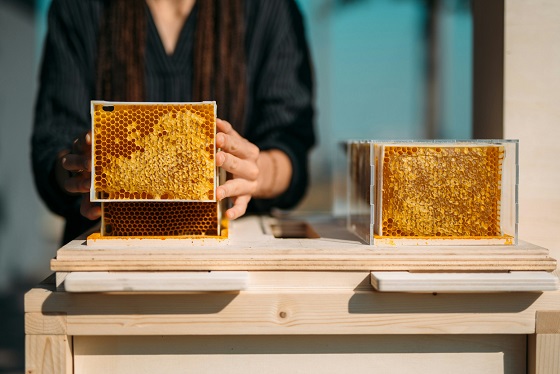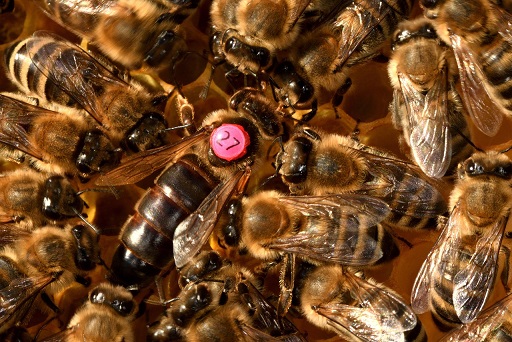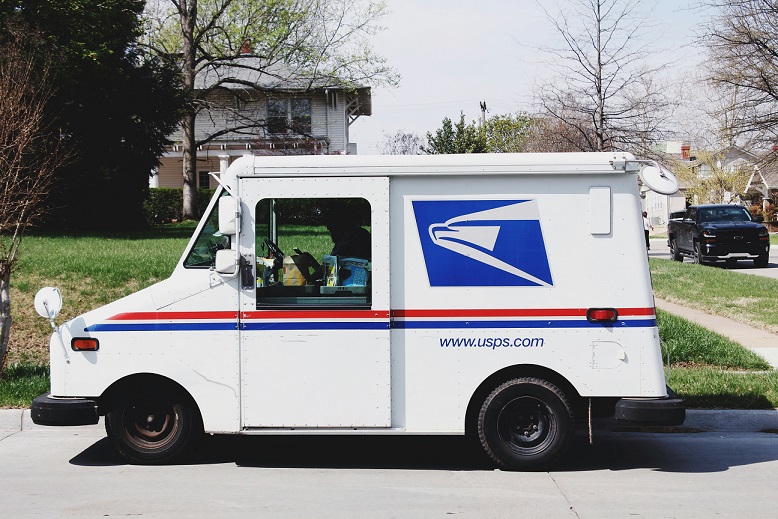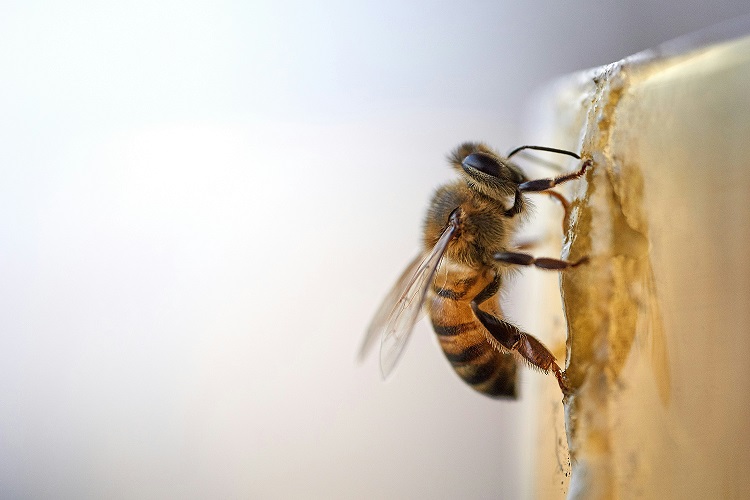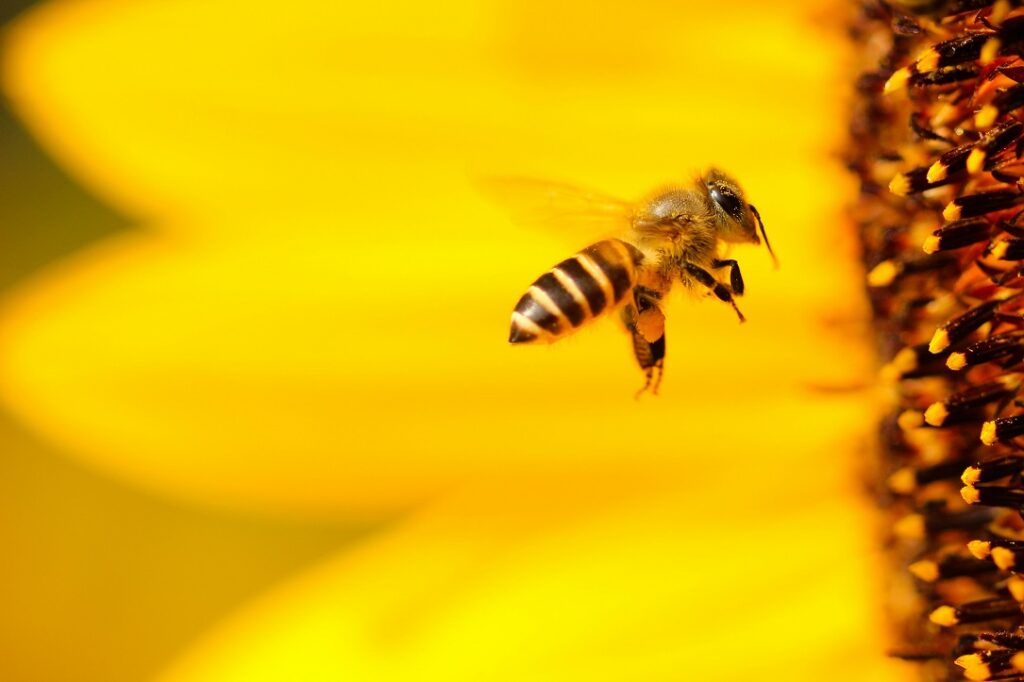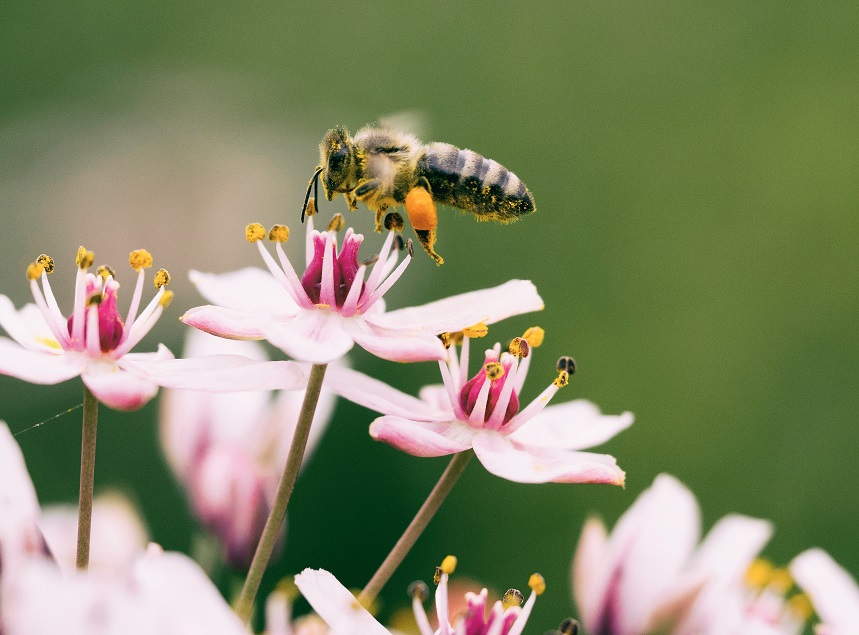Bee News
LED lights and daylight savings
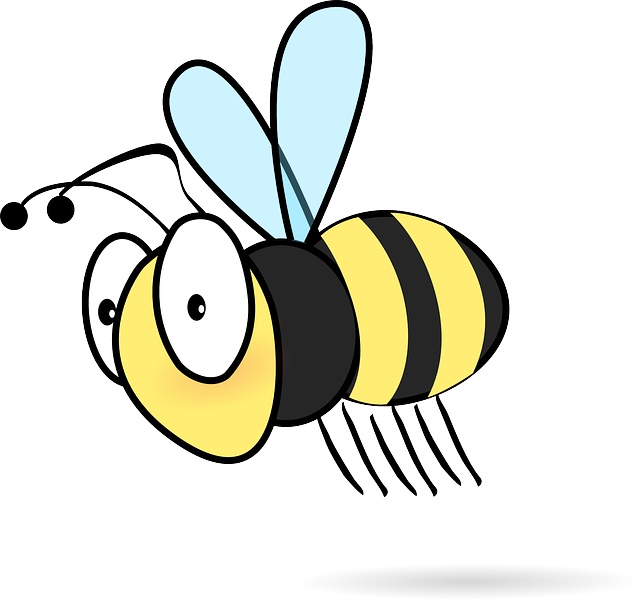


As the days grow longer and daylight savings time approaches, many of us are adjusting to the shifting rhythms of the season. However, one aspect that is often overlooked is the impact of artificial lighting on our surroundings, particularly when it comes to attracting bees and other pollinators to our homes. With the earth’s rotation causing longer daylight hours, our LED lights may inadvertently disrupt the natural behavior of these crucial insects. In this blog post, we’ll explore the connection between LED lights, bee attraction, and the importance of readjusting lighting schedules to support pollinator health and well-being.
The Buzz About LED Lights and Bees
LED lights have become a popular and energy-efficient lighting option for homes and outdoor spaces. However, recent research has shown that certain types of LED lights, particularly those emitting blue and ultraviolet light wavelengths, can attract bees and other pollinators during the night. This attraction to artificial light can disrupt bees’ natural foraging and navigation behaviors, leading to potential negative impacts on their health and survival.
Daylight Savings and Longer Daylight Hours
As daylight savings time approaches and the earth’s rotation brings longer daylight hours, our LED lights may be turning on sooner in the evening. This early onset of artificial light can confuse bees and disrupt their internal clocks, affecting their ability to forage, communicate, and navigate effectively. With bees playing a vital role in pollination and ecosystem health, it’s essential to consider the implications of artificial lighting on their well-being.
Adjusting LED Lights for Pollinator Protection
To minimize the negative effects of artificial lighting on bees and other pollinators, consider readjusting your LED light schedules to turn on at a later time during the evening. By delaying the activation of outdoor lights or using motion sensors to control lighting only when needed, you can reduce the attraction of bees to artificial light sources and create a more bee-friendly environment around your home.
Supporting Pollinator Health and Biodiversity
Creating a bee-friendly environment involves not only adjusting lighting schedules but also providing habitat, food sources, and nesting sites for bees and other pollinators. Planting native flowers, avoiding pesticides, and maintaining natural habitats in your yard or garden can help support pollinator health and biodiversity. By taking simple steps to minimize the impact of artificial lighting on bees, we can contribute to the conservation of these essential pollinators and the ecosystems they support.
As we embrace the longer daylight hours brought by the changing seasons, let’s also consider the implications of our LED lighting on the natural world around us. By readjusting LED lights to turn on at a later time and creating a bee-friendly environment in our homes and outdoor spaces, we can support pollinator health, biodiversity, and the delicate balance of ecosystems. Let’s shine a light on the importance of protecting bees and other pollinators for a sustainable and thriving future.
Remember, a small adjustment in our lighting habits can make a big difference in the lives of these vital pollinators. Let’s light the way to a brighter, bee-friendly world together!
